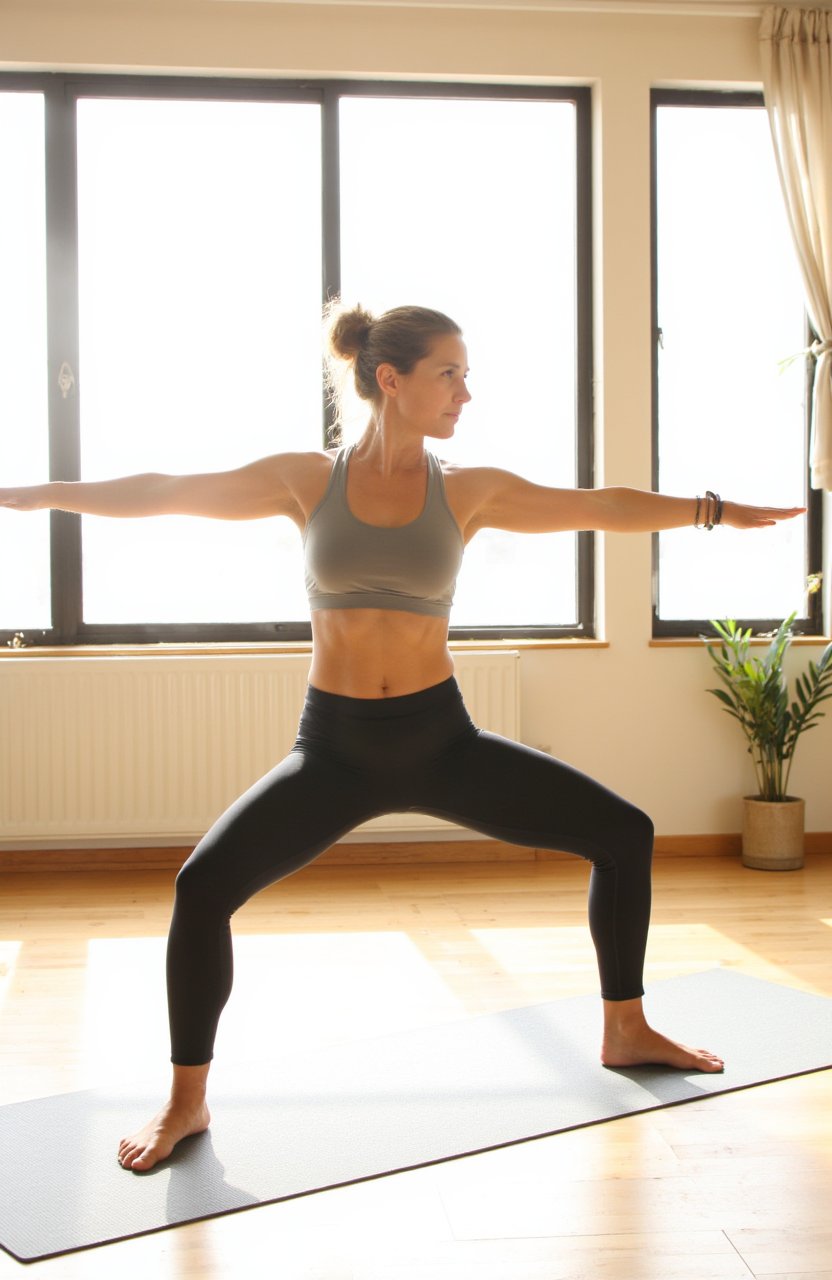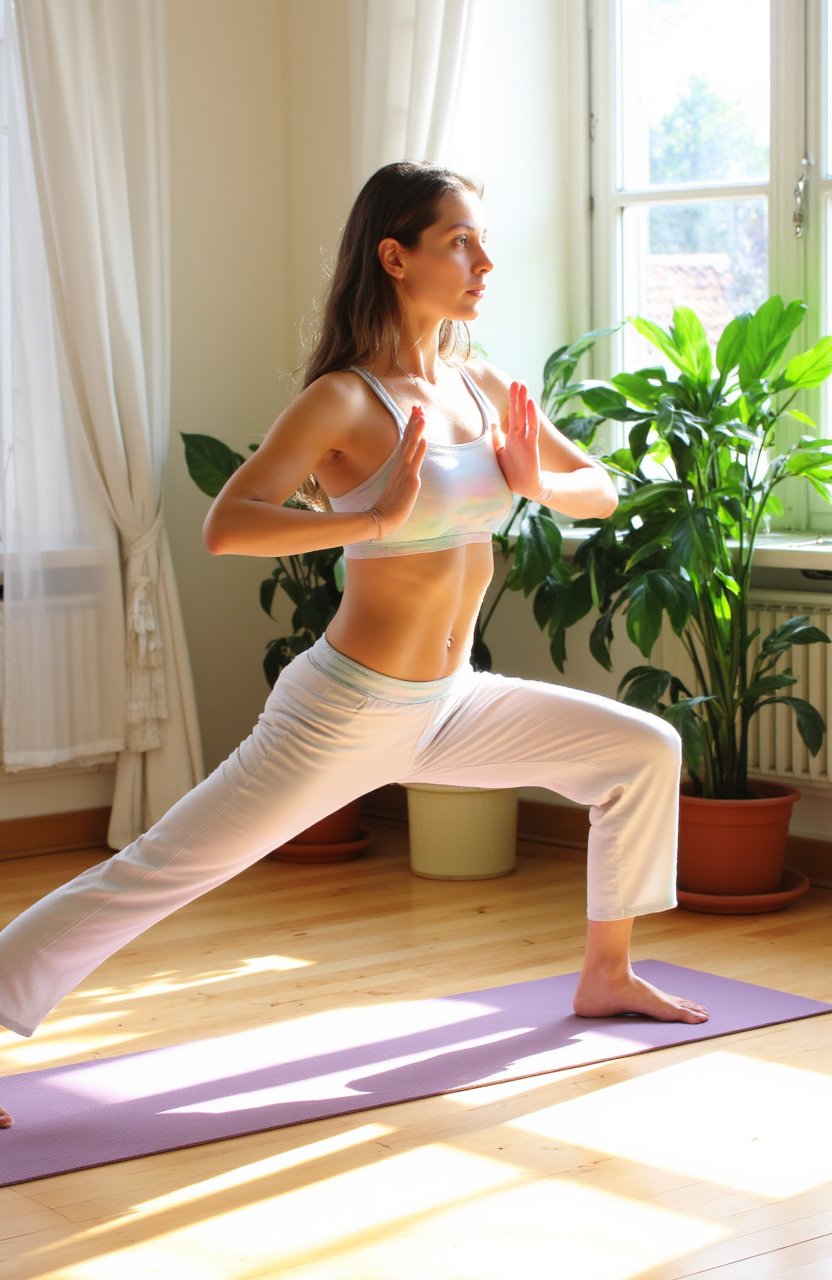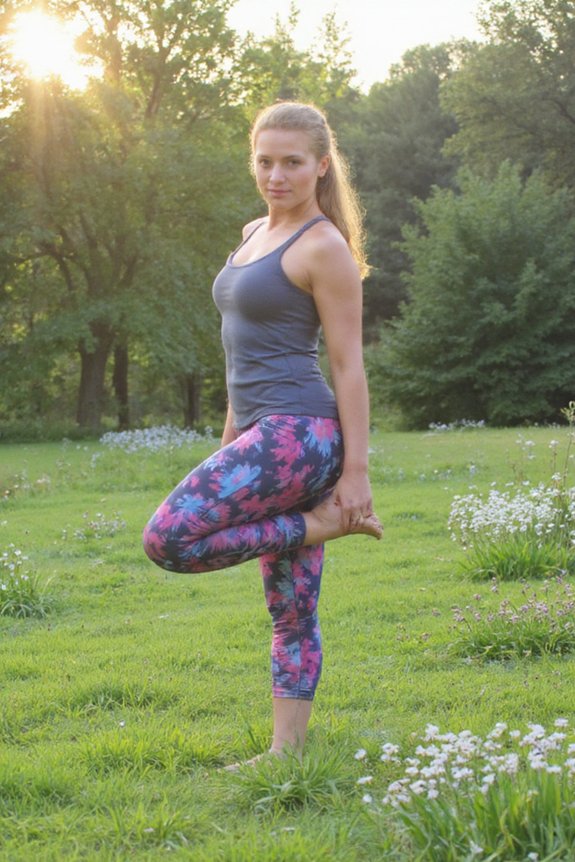When you step onto your yoga mat, understanding the anatomy of your body can make all the difference in your practice. It’s about more than just stretching and breathing; it’s about connecting with your body’s unique structure. Knowing how your spine aligns, how your muscles function, and how your joints move can transform your experience on the mat.
Proper spinal alignment is vital. It keeps you safe and enhances your practice by ensuring correct posture. When your spine is aligned, you reduce the risk of injury and can flow through your poses more gracefully. Understanding body systems is essential for maximizing the benefits of each pose and improving alignment. Practicing safe alignment helps establish a strong foundation and minimizes injury risk.
Proper spinal alignment is essential for safety and fluidity in your practice, allowing for graceful movement and reduced injury risk.
Understanding your body systems is important, too. Think about your muscles, bones, hips, and back. Each element plays a role in your yoga practice. By recognizing how these parts work together, you can develop a deeper awareness of your movements. This awareness allows you to execute poses safely and efficiently, which is where biomechanics comes in.
When you understand how your body moves in different poses, you’re better equipped to adjust and find your comfort zone. Always start with base alignment. It’s the foundation of every pose. When your base is stable, you can stack your joints properly, reducing strain on your body.
Remember to focus on pelvic alignment, especially in forward folds. Tilting your pelvis forward and bending from your hips keeps your spine healthy and strong. Engaging bandhas—those energetic locks—like at the perineum, diaphragm, and throat can enhance your posture and breath control, improving both your physical and mental well-being.
Don’t underestimate the power of breath. Deep, diaphragmatic breathing, supported by uddiyana bandha, aids in movement and energy flow. This connection between breath and movement not only benefits your body but also nourishes your mind.
By practicing good alignment, you can reduce pain and promote a healthier lifestyle. Over time, regular practice leads to increased strength, flexibility, and overall health.
For women aged 20-50, it’s especially important to address specific anatomical challenges like hip flexibility and back strength. When you take these factors into account, you enhance the effectiveness of your practice.








